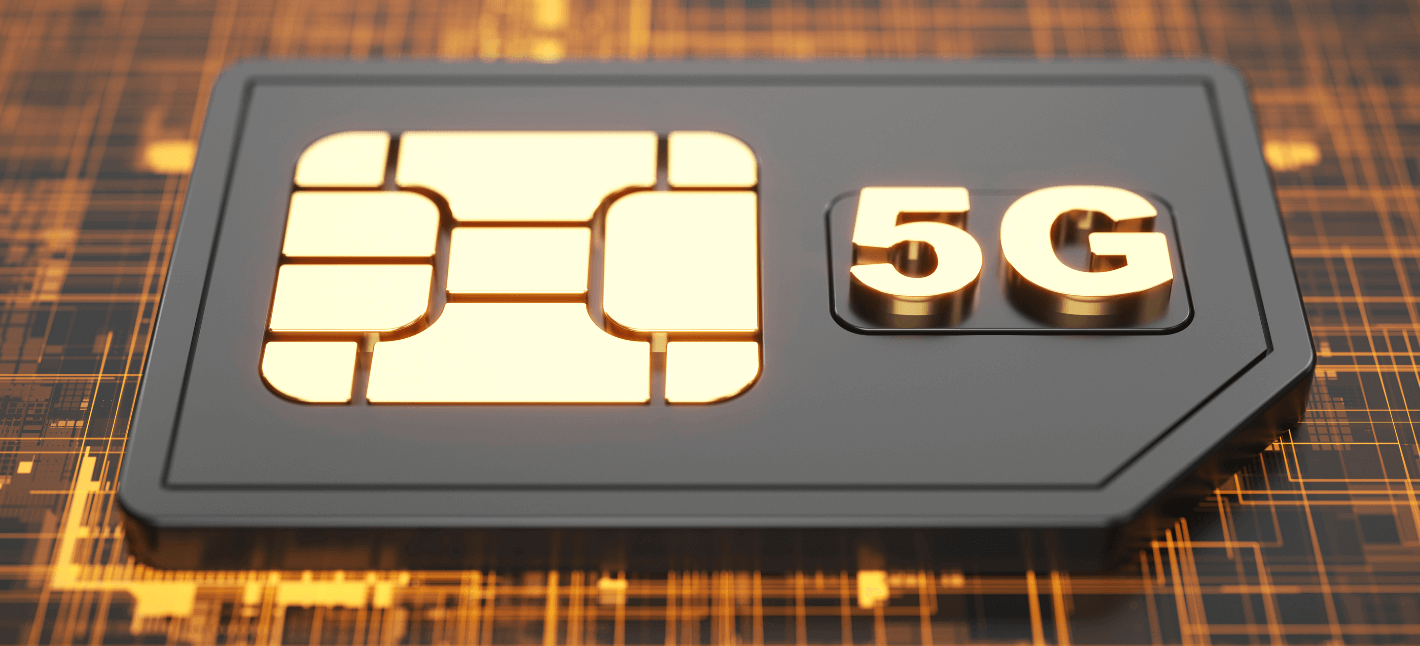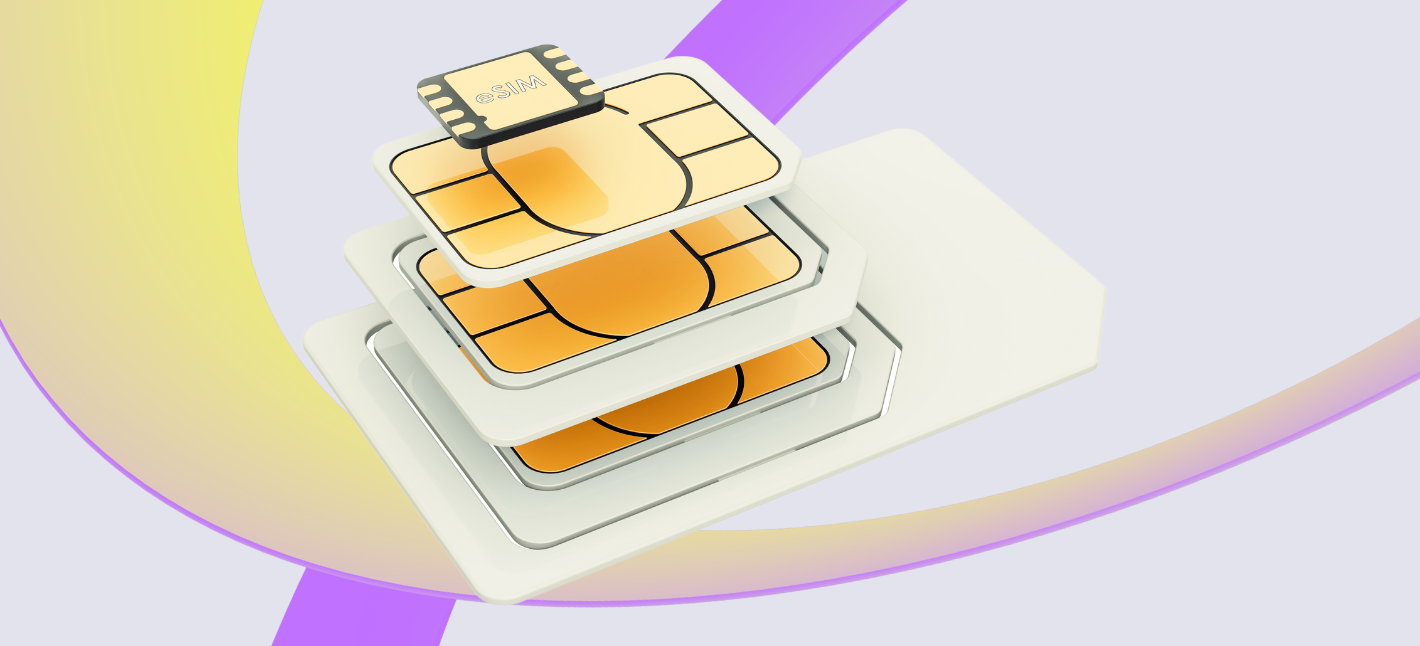IoT Connectivity Pricing Essential Guide to IoT Connectivity
IoT Connectivity Technologies Services and Solutions for IoT Connectivity

The world has witnessed a significant transformation in the way we interact with our living spaces. Smart properties, geared up with related units, have risen dramatically in popularity, providing enhanced comfort, security, and energy efficiency. However, reaching seamless integration of all these units heavily depends on efficient IoT connectivity solutions.
Various connectivity technologies facilitate communication between devices, guaranteeing that every component of the smart residence works harmoniously. Choosing the most effective IoT connectivity solutions for smart homes is essential for creating an environment friendly and responsive environment. These solutions differ in terms of vary, power consumption, and the types of devices they assist, allowing consumers to tailor their smart residence ecosystems to their specific wants.
Wi-Fi is certainly one of the most widely used connectivity options, primarily as a end result of its ubiquitous nature and excessive data switch charges. Many smart home gadgets are already designed to connect effortlessly to existing Wi-Fi networks. This makes including new units comparatively simple. Tablets, smartphones, and routers can often help a quantity of units simultaneously, making it a handy choice for smart residence enthusiasts.
Vodafone Managed IoT Connectivity Platform Reviews of Managed IoT Connectivity Services
However, Wi-Fi is not without its challenges. The dependence on a steady internet connection can occasionally result in efficiency issues, particularly with a number of devices attempting to speak at once. Furthermore, the vary can be restricted depending on the format of the home. Walls and different limitations can cause sign degradation, which may hinder the efficiency of devices situated removed from the router.

Zigbee is one other compelling choice for IoT connectivity in smart houses. This technology supports low-power gadgets, making it appropriate for battery-operated sensors and devices. Zigbee creates a mesh community, which implies every related device acts as a relay, expanding the vary of connectivity inside the home. This is particularly helpful in bigger spaces where conventional Wi-Fi would possibly struggle.
IoT Global Connectivity Managed Platform for IoT Connectivity
Z-Wave provides to the suite of options available for smart homes. It operates on a decrease frequency than Wi-Fi, which suggests it could higher penetrate walls and keep away from interference from different electronic devices. Z-Wave is engineered particularly for home automation, permitting various gadgets to interact seamlessly. The low power consumption additionally aids in battery longevity for units that operate on this community.
For applications requiring low information charges however high reliability, LoRa (Long Range) offers an excellent various. It is particularly useful for agricultural or environmental monitoring units that only require intermittent knowledge transmission. LoRaWAN (Low Power Wide Area Network) permits these units to communicate over lengthy distances, making it a perfect solution for expansive properties or smart metropolis applications.
Cellular connectivity serves as one other strong resolution, mainly for gadgets that require constant internet entry but may not be put in close to established networks. This ensures that devices can ship and obtain information over the internet instantly, eliminating reliance on home Wi-Fi methods. While maybe more expensive, cellular connectivity provides the profit of wide-reaching availability, significantly in rural or hard-to-reach areas.
Bluetooth can also be a major participant in the realm of smart house connectivity, significantly for private devices like fitness trackers, smartwatches, and audio system. Its low energy necessities make it an attractive choice for short-range communication. Bluetooth mesh networking enhances the protocol’s functionality, enabling gadgets to speak effectively even when separated by some distance.
M2M IoT Connectivity Growth of Connected IoT Devices
Thread is a relatively newer protocol designed to make device connectivity easier. It also supports low-power units in a mesh network configuration. What sets Thread apart is its IPv6-based communication, which allows extra simple integration with internet-based techniques and companies. This adaptability opens the door for future scalability as smart home technologies continue to evolve. IoT Connectivity Products.
The integration of varied connectivity protocols is vital for compatibility amongst units. Many companies have acknowledged that a single solution may not meet all consumer wants, resulting in multi-protocol methods that can seamlessly swap between networks. Such flexibility allows homeowners to customise their smart environments and connect devices whatever the manufacturer.

As customers more and more emphasize sustainability, smart properties that facilitate energy-efficient living have gained traction. IoT connectivity solutions contribute significantly to this pattern. Devices can communicate to optimize energy usage, adjusting heating, cooling, and lighting based on real-time knowledge.
When choosing the right IoT connectivity solutions for smart homes, consumers ought to fastidiously contemplate their particular necessities. Those prioritizing speed might lean towards Wi-Fi, while individuals needing to extend the range of connectivity may prefer Zigbee or Z-Wave. Budget, gadget compatibility, and the potential for future upgrades additionally play a major function in decision-making.
IoT Connectivity Provider Essential Types of IoT Connectivity
Ultimately, the most effective IoT connectivity options for smart houses will enhance not only automated comfort but additionally the whole dwelling experience by incorporating superior know-how into every day routines. These options empower householders to manage their environments better and reside extra sustainably, simultaneously enjoying the advantages of state-of-the-art connectivity.
In conclusion, with the fast advancements in technology, the landscape of smart residence connectivity continues to evolve. As more devices enter the market and extra homeowners embrace automation, the significance of sturdy connectivity options becomes increasingly apparent. Those who invest time in understanding and implementing these options will undoubtedly contribute to creating more clever, environment friendly, and gratifying dwelling areas.
- Various connectivity protocols like Zigbee, Z-Wave, and Wi-Fi cater to completely different smart residence gadgets, enhancing interoperability and system communication.
- Mesh networking capabilities allow gadgets to speak more effectively, increasing coverage and reducing lifeless zones within larger houses.
- Low-power wide-area networks (LPWAN) provide energy-efficient options for battery-operated units, promoting longer operational lifespans.
- The integration of edge computing ensures real-time data processing, lowering latency and enhancing general system responsiveness.
- Cloud-based IoT platforms supply intensive data analytics, enabling users to optimize device utilization and energy savings in their smart properties.
- Security options, similar to end-to-end encryption and common firmware updates, are important for shielding smart residence information from potential threats.
- Dual-band routers can assist both 2.4 GHz and 5 GHz connections, providing flexibility and improved performance for various smart gadgets.
- User-friendly cell purposes enhance the management of smart home gadgets, enabling seamless interactivity and scheduling functionalities.
- Interoperability standards, such as Matter, facilitate collaboration between different producers, selling seamless cross-device communication.
- 5G technology guarantees ultra-low latency and better bandwidth, doubtlessly revolutionizing smart house experiences with faster information switch charges.
What are the different varieties of IoT connectivity solutions for smart homes?undefinedThere are several IoT connectivity solutions, together with Wi-Fi, Zigbee, Z-Wave, Cellular, and LoRa. Each presents totally different benefits by way of range, speed, power consumption, and scalability, allowing for tailor-made solutions primarily based on specific smart residence wants.
How does Wi-Fi examine to Zigbee for smart home devices?undefinedWi-Fi is faster and widely used for high-bandwidth applications, while Zigbee is designed for low-power, low-bandwidth duties, making it best for devices that require lengthy battery visit life. Zigbee also helps mesh networking, enhancing vary and connectivity among gadgets.
IoT Connectivity Policy Simplifying Global IoT Connectivity with eSIM
What elements ought to I think about when selecting an IoT connectivity solution?undefinedConsider elements like range, energy consumption, system compatibility, security features, and the precise needs of your smart house ecosystem. Assess how many devices you intend to attach and their energy requirements, making certain the chosen resolution supports your setup.

Are there security risks associated with IoT connectivity options for smart homes?undefinedYes, safety risks embody unauthorized access and knowledge breaches. It’s crucial to decide on solutions with robust encryption and common updates. Implementing robust passwords, firewalls, and preserving firmware updated can significantly improve your smart home’s security - Internet Connectivity In IoT.
Connectivity Of IoT Overview and Definition of IoT Connectivity
Can I combine a quantity of IoT connectivity options in my smart home?undefinedAbsolutely! Many smart residence techniques assist integration throughout varied protocols, permitting gadgets utilizing totally different connectivity solutions to work together seamlessly. This flexibility enables users to optimize performance and compatibility.
What function does the cloud play in IoT connectivity for smart homes?undefinedThe cloud enables distant administration, knowledge storage, and advanced analytics for smart home devices. It facilitates communication between devices and user interfaces, permitting for real-time monitoring and management from anyplace via internet connections.
IoT Connectivity Definition Connectivity for IoT Products
How can I guarantee compatibility amongst completely different smart house devices?undefinedCheck for compatibility labels and ensure that devices observe widespread standards like Zigbee or Z-Wave. Research ecosystems, such as Google Home or Amazon Alexa, that assist a broad range of devices, simplifying integration and management.
What is the way ahead for IoT connectivity options for smart homes?undefinedThe future is leaning in path of enhanced interoperability, improved security protocols, and the rise of 5G expertise. These advancements will provide quicker speeds, larger gadget density, and top article lower latency, enhancing the general smart house expertise.
How can I troubleshoot connectivity issues in my smart home?undefinedStart by checking the ability sources and making certain gadgets are within vary of their connectivity hub. Restart routers and devices as wanted. Use either app diagnostics or manufacturer assist resources for particular troubleshooting steps tailored to the units in question.